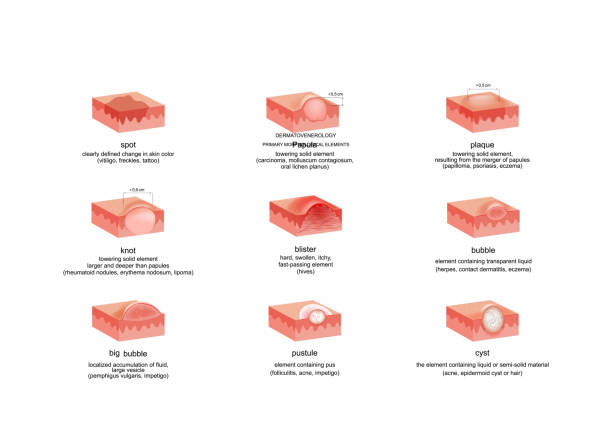Sebaceous cysts are nothing but epidermal cysts or epithelial cysts in medical terms. Epidermal cysts are usually benign growths that emerge on the skin as firm swellings with a small dimple in the middle of them. These kinds of skin growth tend to affect more men than women. The word “cyst” typically refers to a small area within the body containing liquid, but it could also refer to a large area of inflamed tissue or even a tumor inside your body. Any medical condition involving a tumor needs an expert for diagnosis. After all, tumors can be susceptible and prone to rupture. There will probably be intense pain, swelling, and even fever if this happens.
Sebaceous Cyst or Epidermoid Cyst Removal
If a cyst is growing and causing problems like infection, or if it’s in an area that is prominent and getting in the way of daily activities, you may need help to remove it. Removing a cyst will leave a noticeable scar after healing. The doctor will try to remove the entire sac altogether, but portions of the sac wall sometimes remain within the skin after surgery. If there has been an infection, you may need more help. No matter what, make sure you get it done from an acclaimed cyst removal surgeon only to avoid any discomfort or risks. The doctor can inject local anesthesia during the surgical procedure to avoid intense pain.
They can also use antiseptic swabs to prevent the liquid from the sac from spreading and infecting other areas. The surgeons usually use blades or such tools for cyst excision. So, be ready for this. If the doctor spots any infection, they can do lancing and draining. You may have to take antibiotics after the procedure.
Proper treatment for Sebaceous Cyst or Epidermoid Cyst
You must not rub, squeeze, or pick on them to prevent the risks of infection or damage. If you do, you may suffer from tenderness and acute pain. Inflammation and redness can also accompany. For proper treatment, you can only trust surgeons specializing in cyst removal. They will study your cyst and help you avoid it without causing any bad experience.
Remember, sometimes cysts and acne appear on your skin for no apparent reason that you can see. While there’s no underlying cause in most cases, their appearance may occasionally have to do with hormonal changes or allergies. Then, these may not be complicated as such. But skin infection is one risk, and you can be susceptible to this if bacteria attack this area. That’s why it pays to be careful with them. After surgical removal, you may have to keep that area covered for a day or two. You must follow this to avoid blood seepage from that portion. Also, your doctor can recommend some gel and wound cleaning processes for faster healing. Make sure to adhere to them for the best results.
Some cysts can be harmful, while others can signify something significant. Taking professional advice and going for a medical examination can be the best way to learn about their condition and get rid of them safely.















